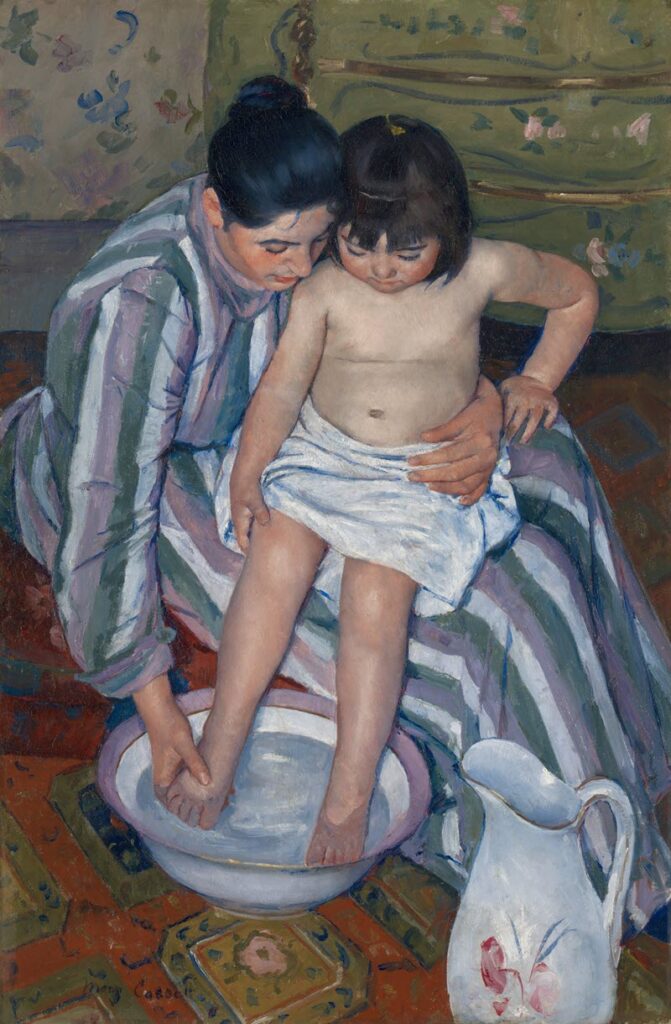Have you considered funding a Roth IRA for your child? To make a Roth contribution, your child must have earned income from a job.
As a parent (or grandparent), you can contribute to this Roth IRA. Not only do you help your child get started on planning for retirement but you benefit by transferring assets that might otherwise be subject to estate tax.
Let’s explore this in more detail.

Funding a Roth IRA
Consider funding a Roth IRA for your special young person. It’s a special retirement account with fewer restrictions than traditional IRAs. It’s ideal for younger people because Roths have restrictions for those who make too much money, so funding a Roth when income is low is a good plan.
If a minor works and earns income, anyone can fund a Roth IRA for that person with the lesser of $6,000 or the amount of earned income. There is no downside to the minor.
Roth IRAs grow tax-free and distributions are tax-exempt after the account owner reaches 59 ½ years of age.
>> Learn more about Roth IRAs in this Investopedia article.
How Does a Roth Differ From a Traditional IRA?
Both an IRA or individual retirement account and a Roth IRA are investment accounts you would set up to save for retirement. The biggest difference between the two has to do with how they are taxed.
What Is a Roth IRA?
When contributing to a Roth IRA, you use after-tax dollars rather than before-tax dollars.
The benefit then is that both your contributions and what those contributions earn can grow tax-free. If your Roth account has been open for at least five years, you can then withdraw from it after the age of 59½ without having to pay any taxes.
Because you’ve already paid taxes on your contributions, your withdrawals are tax-free.
What Are the Income Limits for a Roth?
A Roth IRA has income limits.
You can contribute to a Roth as long as your income is $144,000 or below if you are filing single, or $214,000 or below if filing as a married couple. That’s why this type of IRA is ideal for a minor who is earning money from a job.
What’s the Benefit of Contributing to a Roth IRA Rather than a 529-Type Account?
Parents and grandparents may wonder why they should pay attention to a Roth IRA rather than a 529-type account. Both have distinct benefits.
A 529 focused on college whereas the Roth IRA is about retirement. A person contributing to a 529 might be able to get a state income tax deduction if the 529 is available in that person’s state via a state-sponsored plan.
How Does Funding a Roth Benefit the Parent/Grandparents?
The benefit to parents and grandparents is that funding a Roth IRA transfers assets from them to the minor which could be an effective strategy if the parent or grandparent’s estate is large enough to trigger estate taxes.
Plus, it’s a great way to help a child get ahead on retirement savings. Starting early allows the money to grow sooner and thus grow to more in the end.
>> See Why Staying Invested Is So Important For the Long Run
>> And How Much Money Do You Need to Retire?
>> As well as Don’t Try to Time the Market; Just Invest
How Much Can You Contribute to a Roth?
The limit is $6,000 or the amount of earned income, whichever is smaller.
If your child is a minor, then the parent or grandparent would set up the IRA. If the child is an adult, the child would set up the account.
By the way, parents and grandparents can fund a Roth IRA even if the person is not a minor.
For that matter, it doesn’t have to be funded only by a parent or grandparent. The Roth could be funded by an aunt, an uncle, a friend, or even a godparent.
When Is the Best Time to Fund a Roth IRA?
An ideal time to fund a Roth IRA for a minor who has earned income is before tax season, as you consider your own tax situation and evaluate opportunities to reduce your taxable assets.
If you have questions, don’t hesitate to reach out.
Thanks for reading.
>> Subscribe to Pendragon’s Newsletter <<
Note: This blog article is intended for general informational purposes only. Nothing in it should be construed as, and may not be used in connection with, an offer to sell, or a solicitation of an offer to buy or hold, an interest in any security or investment product. Investing involves risk.
Image credit: The Child’s Bath, 1893, by Mary Cassatt, American, 1844–1926. Art Institute of Chicago.